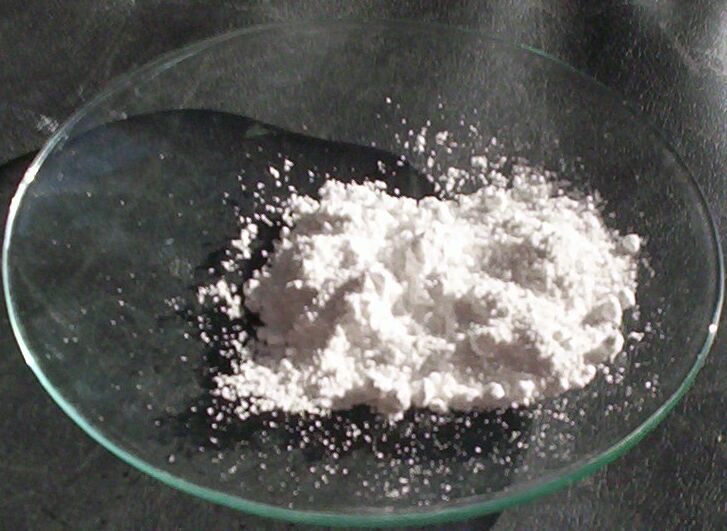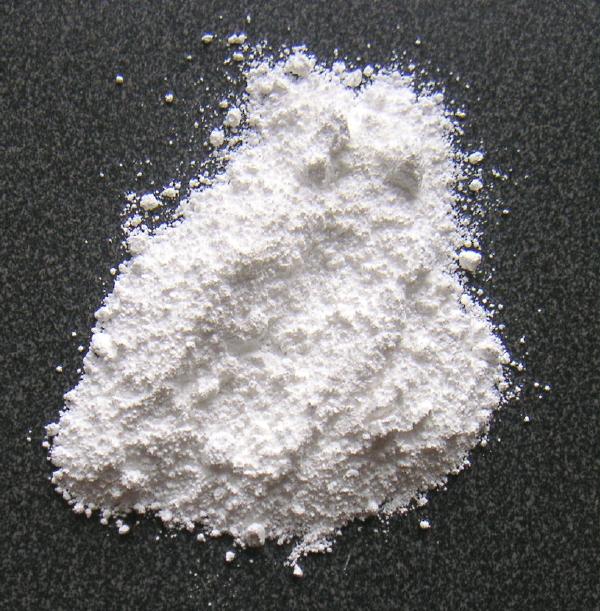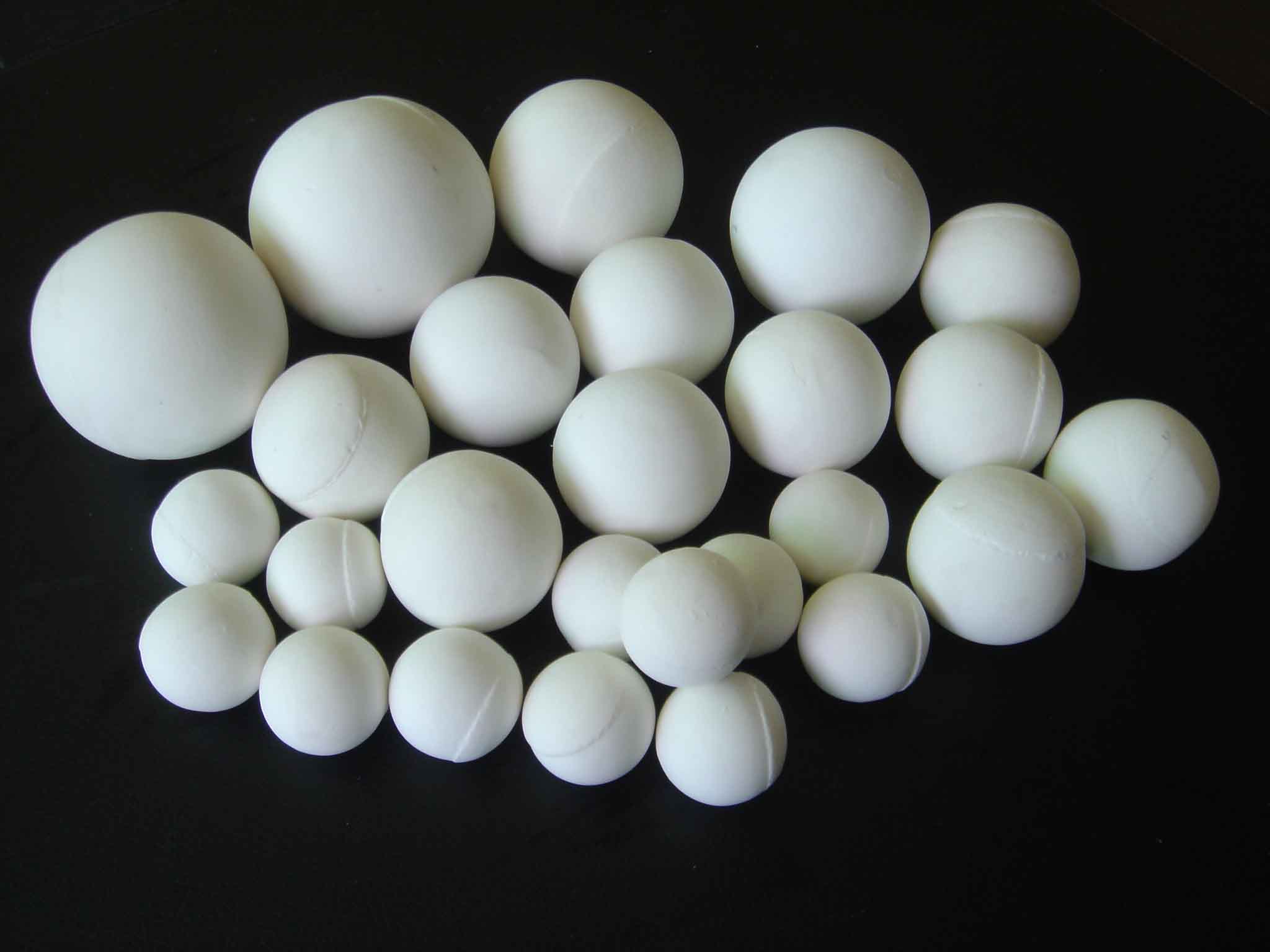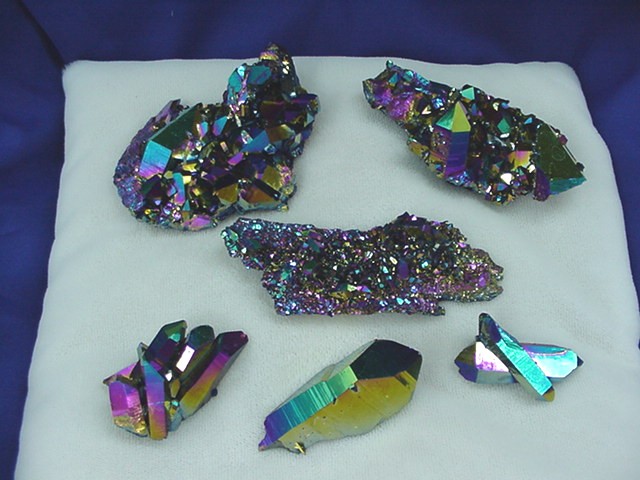What is Titanium Dioxide ?
Titanium dioxide, also known as titanium(IV) oxide or titania, is the naturally occurring oxide of titanium, chemical formula TiO2. When used as a pigment, it is called titanium white, Pigment White 6, or CI 77891. It has a wide range of applications, from paint to sunscreen to food colouring. Titanium dioxide is a naturally occurring oxide of the element titanium.
Also referred to as titanium (IV) oxide or titania, this substance also occurs naturally as three mineral compounds known as anatase, brookite, and rutile. As a pigment, titanium dioxide is used to enhance the white color of certain foods, such as dairy products and candy. Titanium dioxide occurs in nature as well-known minerals rutile, anatase and brookite, and additionally as two high pressure forms, a monoclinic baddeleyite-like form and an orthorhombic ?-PbO2-like form, both found recently at the Ries crater in Bavaria. Rutile, anatase and brookite all contain six coordinated titanium.
 TiO2 Powder
TiO2 Powder
Crude titanium dioxide is purified via converting to titanium tetrachloride in the chloride process. This titanium tetrachloride is distilled, and re-oxidized in a pure oxygen flame or plasma at 1500–2000 K to give pure titanium dioxide while also regenerating chlorine. The by-product iron(II) sulfate is crystallized and filtered-off to yield only the titanium salt in the digestion solution, which is processed further to give pure titanium dioxide. One method for the production of titanium dioxide with relevance to nanotechnology is solvothermal Synthesis of titanium dioxide.
Since titanium dioxide reflects light so well, it is ideal for use as a protective coating for many products, such as automobile parts and optical mirrors. The plastic industry also makes use of titanium dioxide as a coating to absorb UV light and render increased durability. Titanium dioxide is the most widely used white pigment because of its brightness and very high refractive index, in which it is surpassed only by a few other materials. Opacity is improved by optimal sizing of the titanium dioxide particles..
In cosmetic and skin care products, titanium dioxide is used as a pigment, sunscreen and a thickener. Titanium dioxide is produced in varying particle sizes, oil and water dispersible, and with varying coatings for the cosmetic industry. Titanium dioxide is found in almost every sunscreen with a physical blocker because of its high refractive index, its strong UV light absorbing capabilities and its resistance to discolouration under ultraviolet light. Sunscreens designed for infants or people with sensitive skin are often based on titanium dioxide and/or zinc oxide, as these mineral UV blockers are believed to cause less skin irritation than other UV absorbing chemicals.
The titanium dioxide particles used in sunscreens have to be coated with silica or alumina, because titanium dioxide creates radicals in the photocatalytic reaction. Titanium dioxide, particularly in the anatase form, is a photocatalyst under ultraviolet (UV) light. Titanium dioxide is thus added to paints, cements, windows, tiles, or other products for its sterilizing, deodorizing and anti-fouling properties and is used as a hydrolysis catalyst. The photocatalytic properties of titanium dioxide were discovered by Akira Fujishima in 1967 and published in 1972. The process on the surface of the titanium dioxide was called the Honda-Fujishima effect. Titanium dioxide has potential for use in energy production: as a photocatalyst, it can carry out hydrolysis; i.e., break water into hydrogen and oxygen.
You might also like
| What is Titanium Dioxide ? Titanium Dioxide Titanium dioxide is a naturally... | How is Titanium made? How is Titanium made ? Titanium is known... | Aluminum Oxide Aluminum Oxide Overview Alumina is a white... | Titanium and Titanium Alloys What is Tinanium Alloys ? Titanium was... |




 Alloy Suppliers
Alloy Suppliers
 Aluminum
Aluminum
 Aluminum Extrusions
Aluminum Extrusions
 Copper-Brass-Bronze
Copper-Brass-Bronze
 Nickel
Nickel
 Magnets
Magnets
 Stainless Steel
Stainless Steel
 Stainless Steel Tubing
Stainless Steel Tubing
 Steel Service Centers
Steel Service Centers
 Titanium
Titanium
 Tungsten
Tungsten
 Wire Rope
Wire Rope